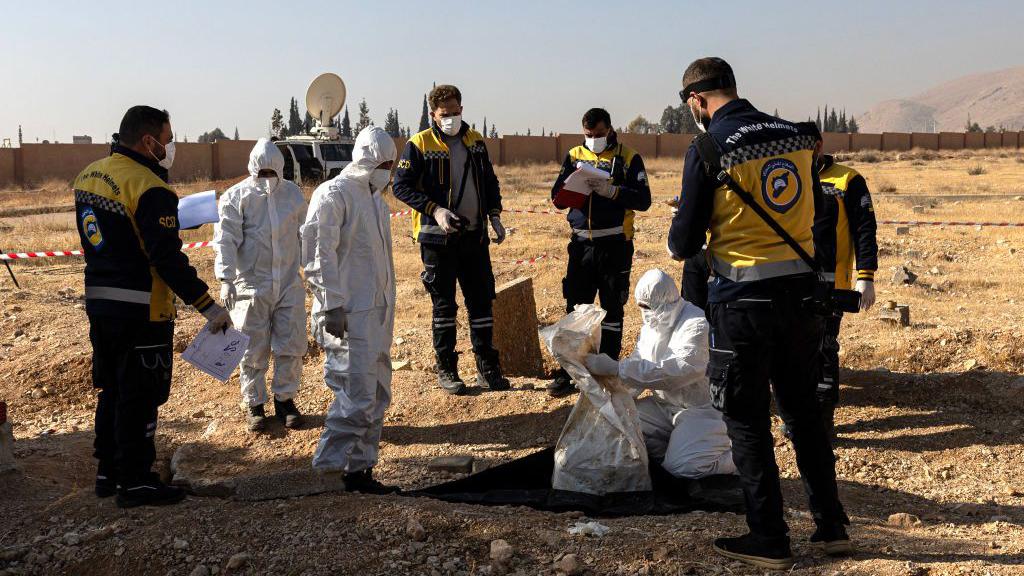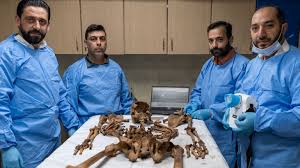More than 130,000 people are believed to have been forcibly disappeared during Syria’s 13-year civil war. Now, a small but determined team of medics at the newly-established Syrian Identification Centre in Damascus has begun the colossal and emotionally grueling task of identifying victims from mass graves scattered across the country.
Dr. Anas al-Hourani, a forensic odontologist and head of the center, explains that the graves are “mixed,” meaning bodies were dumped together without regard for identity or dignity. Tables covered with femurs—32 per table—are just the beginning. From bones, forensic experts can assess height, sex, age, and sometimes, evidence of torture. The goal: to give names back to the dead.
Limited Resources, Immense Need

Despite the need for DNA analysis—the gold standard of identification—only one DNA testing facility remains in Syria. Many were destroyed during the war, and sanctions hinder the import of essential equipment. Costs are steep: around $250 per test, and multiple tests are required per victim. The lab relies solely on funding from the International Committee of the Red Cross (ICRC).
“This will be the work of many, many years,” says Dr. al-Hourani. Yet, for the families of Syria’s disappeared, even a sliver of hope matters.
The Deadly Machinery of the Assad Regime
The mass graves were filled under the Assad regimes—first by Hafez, then by Bashar al-Assad. One of the most harrowing testimonies comes from Hussein Alawi al-Manfi (Abu Ali), a former military driver. For over a decade, he transported corpses—an estimated 150–200 bodies per trip—to secret burial sites. Many victims were tortured civilians from infamous detention centers like Branch 215.
Abu Ali’s trailer had no hydraulic lift. Soldiers manually pulled bodies into open trenches. A front-loader then crushed and buried the remains. “I would just walk away and look at the stars,” Abu Ali recalls, forced into silent complicity. Explore our full timeline of the conflict in Syrian Civil War: Timeline of the 13-Year Conflict.

Mother’s Unending Grief
For people like Malak Aoude, whose two sons were disappeared in 2012, the new transitional government brings both hope and haunting uncertainty. Her son Mohammed was conscripted, defected, and then allegedly executed. His younger brother Maher was arrested at school and vanished, likely taken to Branch 215.
Malak’s return to her sons’ old school led to a bittersweet discovery: a school record showing Maher’s absence, but no official admission of his detention. A battered folder with Maher’s photo—underneath a now-defaced image of Bashar al-Assad—was the only remnant.
Transitional Justice Still Elusive
The new Islamist-led government says it is committed to transitional justice. But for many Syrians, justice remains painfully out of reach. Families still scour prison lists, visit abandoned buildings, and watch as slow forensic work inches forward. Trust must be earned through tangible action—reparations, legal accountability, and above all, truth.
Syria’s mass graves are more than evidence of atrocities. They are a call to remember each life lost, and to never allow such horrors to be buried in silence again.









